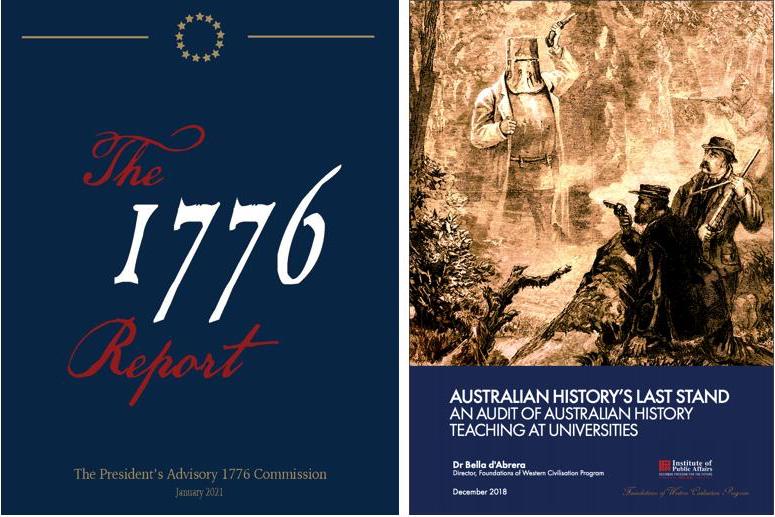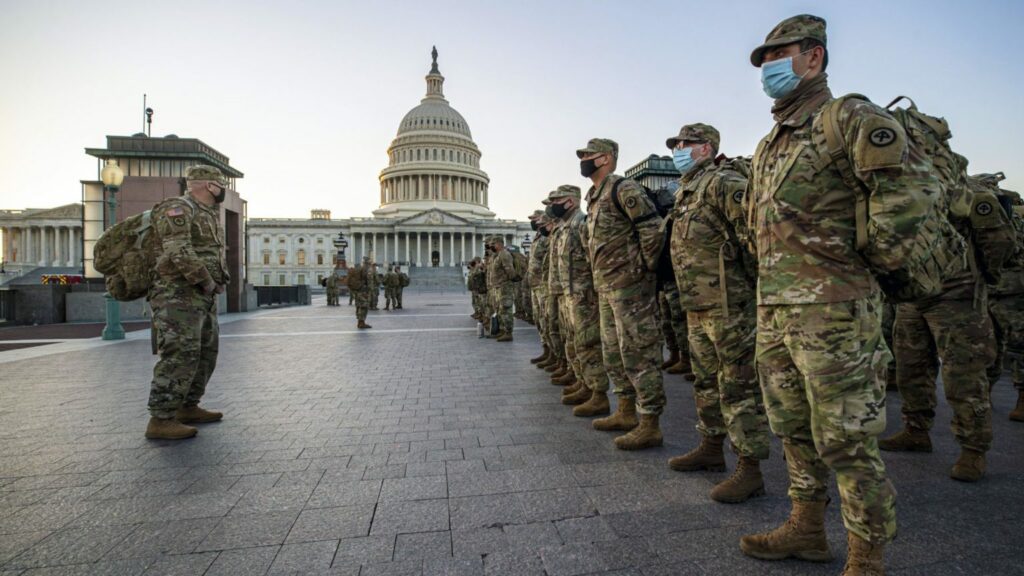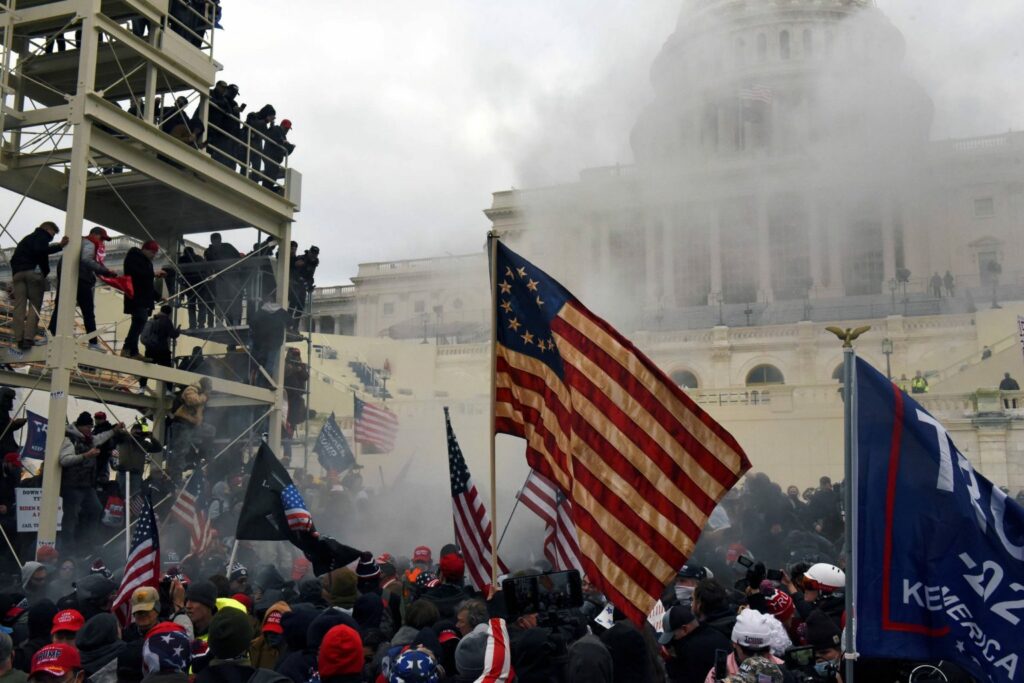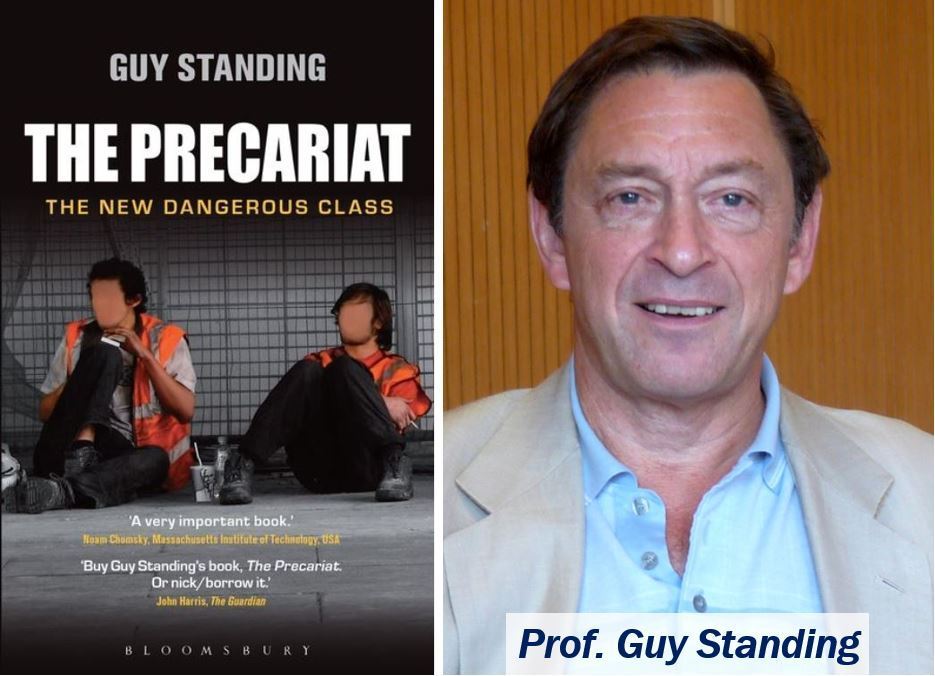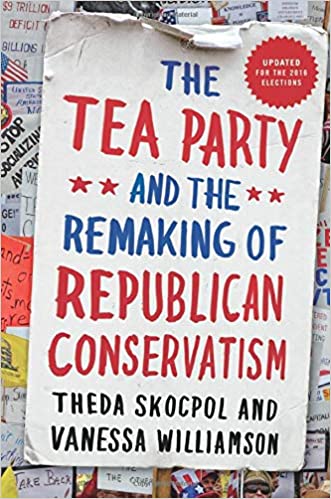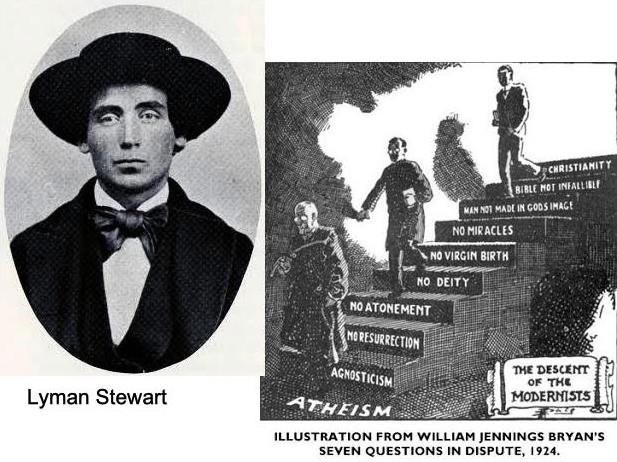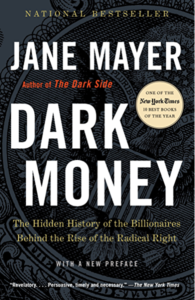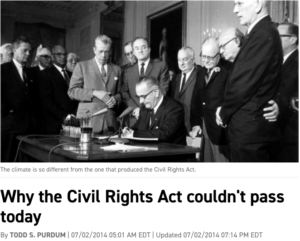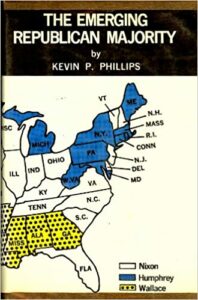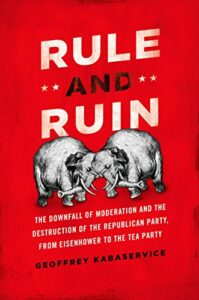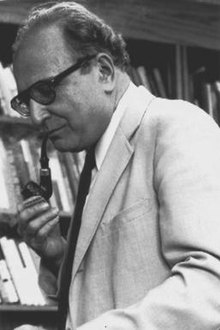
I once read a thick biography of John Maynard Keynes and a less thick book by John Kenneth Galbraith, The Affluent Society, that expressed a very high regard for Keynesian ideas, and over the years have often found myself thinking back on ideas and turns of phrase in both of those works. I suppose that’s a sign that both Keynes and Galbraith have had an ongoing influence on my understanding of economics. (An engaging high school economics teacher led me towards top marks for the subject in my senior year so maybe the influence goes back to him.) So I was not able to resist reading what looked like a promising refresher and update on the nature of economics by that same Galbraith’s son, James K. Galbraith, on the Brave New Europe website:
James K. Galbraith – What is Economics?

The end of that article asked the question, What about global Capitalism: can it survive in its current form? and his answer is a neat outline of the history of capitalism since its inception through to today:
Pure global capitalism, such as it was, developed from around 1500 to the end of the 19th century.
It was undermined by the Great War and collapsed in North America, Europe and the British Empire at the end of the 1920s.
It was replaced over the course of the succeeding decades by a mixed economy, rooted in the pragmatic reforms of the American New Deal, the exigencies of the Second World War, and in reactions and adaptations to the competing systems of fascism and state socialism.
The attempt to reconstruct a system of pseudo-unregulated global capitalism began only in the late 1970s, with waves of privatization, deregulation and austerity. That system never fully matured and it has already collapsed, first in the financial crisis [of 2008], and now in the pandemic. So the question of its survival does not arise.
The question now is, what should be built in its place?Answers to that question are already emerging, most prominently in China but perhaps also in Russia and in parts of Latin America. Europe, the UK and North America, where neoliberal ideologues prevailed for decades, must now come to grips with the urgent need for fresh thinking suited to free and democratic societies.
https://braveneweurope.com/james-k-galbraith-what-is-economics (my formatting)
Now that last paragraph set me off on a quest to find what JKG has in mind, exactly, about those countries, especially China.
Here is an excerpt from a piece written in April 2020. If America in the 1950s and early 60s was Galbraithian (see the insert box), then today China comes closer to that description:
And there is China. We need not be detained by squabbles over whether the Chinese system is capitalist or socialist, whether the most influential economist over modern China is Karl Marx, John Maynard Keynes, or Henry George. Elements of both systems, and inspiration from all three thinkers, can be found in the way China’s economy works today. But the large Chinese state-owned corporations and China’s presence on the world stage are unquestionably Galbraithian, focused on market share, learning, new technologies, and improvement of the national capital stock. And so, in important respects, has been the Chinese state, which prizes above all autonomy, predictability, and social stability, and if not always firm control of its banking sector, the willingness to override that sector’s autonomy whenever necessary. China is no democracy, and modern China was built on many epic disasters, including the famine and Cultural Revolution, none of which appeal as models. But that it is a functioning society capable of mobilizing to meet vast challenges has never been clearer than in recent days.
https://democracyjournal.org/magazine/the-pandemic-and-capitalism/ (my highlighting)
That’s quite generalized. Here is a more detailed explanation. It is a clearer focus on what our author means by “Galbraithian”:
In America’s heyday, the dominant economic formation was the large industrial corporation. Giants like General Electric, General Motors, Ford, Bethlehem Steel, International Harvester, and IBM provided the backbone of U.S. military power and technological dominance on world markets. These firms grew up on American soil, survived the Depression, and were buttressed by the New Deal and the mobilization for World War II. In the postwar years, their power was balanced by strong trade unions, the organized voices of consumers and independent scientists, and an engaged government that weighed those voices against those of big business. This was the reality described and endorsed by my father, the economist John Kenneth Galbraith. That reality still exists out there—but America’s industrial firms are no longer the world’s leaders, and those that are, are not in the United States.
Enter Covid-19 to make for the rise of some and the decline of others:
The pandemic has now put Galbraith’s global legacy into stark relief. One can now map out the rise and decline of nations simply by distinguishing between those that have continued along the lines that once defined U.S. economic success as Galbraith saw it and those that fell under the spell of illusions about free, competitive, and self-regulating markets and under the dominating power of finance. The United States today finds itself sadly in the latter group, alongside the United Kingdom. . . .
JKG explains again what the “Galbraithian” world was like before Reaganism and Thatcher when the shareholders, the investors, have become the decisive force. In “Galbraithian” times/nations . . .
The corporation, not the mythical sovereign consumer, set the terms of economic change. It designed, engineered, produced, and marketed to the masses. It was at the same time the architect of novelty and the stabilizing factor. Government helped by keeping predatory finance under strict controls and by vanquishing mass unemployment through public spending and tax reductions, in line with the ideas of John Maynard Keynes. Progress, in a certain sense, was therefore ongoing, steady, and confidently expected to continue. . . .
Then there is China! . . .
Then there is China. In her forthcoming book, How China Escaped Shock Therapy, Isabella Weber demonstrates that China made an explicit choice in the 1980s to shun Friedman’s free market radicalism in favor of Galbraith’s pragmatism and gradualism. China’s post-Mao-era planners made a detailed study of American wartime price controls under my father’s direction at the U.S. Office of Price Administration in 1942-1943 and maintained a central role for large state-owned but autonomously managed corporations in their development strategy. Today, these firms and privately owned newcomers like Huawei are among the world’s leading Galbraithian firms . . . .
What about the Elizabeth Warrens who see the solution to America’s ills in the dismantling of the huge monopolies and Big Tech firms in order to restore a happily genuinely competitive market where individual entrepreneurship can flourish once more? Continue reading “The End of Global Capitalism and the Rise of China”

